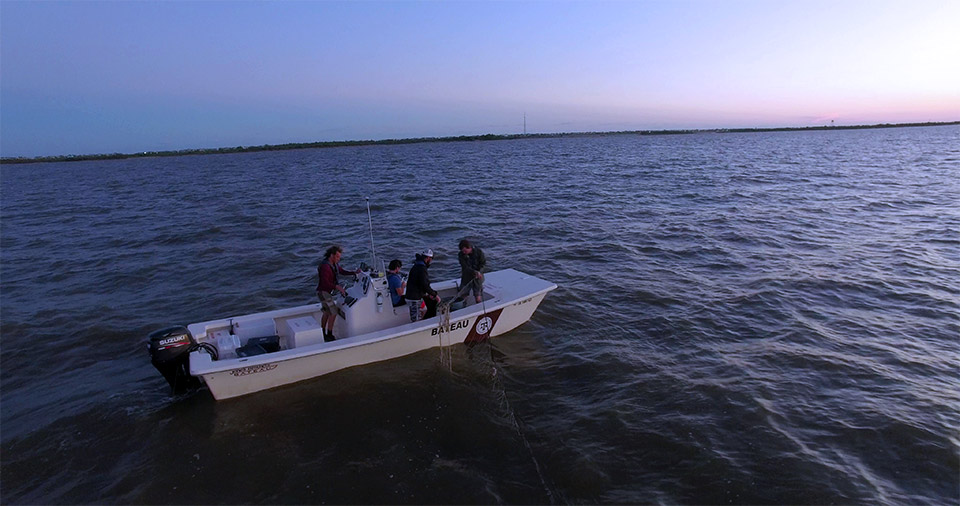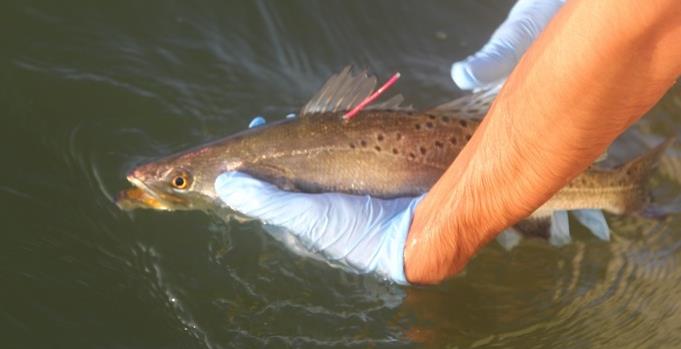Residency & Movement of Sportfish in Estuaries
Identifying habitat use and movement patterns of economically important fish species is critical in order to identify biodiversity hotspots that are used as nursery and/or feeding areas, particularly in the face of increasing environmental stressors. Estuaries in the northern Gulf of Mexico undergo large intra-annual changes in temperature and salinity and the frequency of extreme environmental events is predicted to increase. In Texas waters, increasing temperature trends combined with decreasing levels of dissolved oxygen, highly variable salinities, and reduced freshwater inflow have the potential to dramatically affect the spatial distribution of fishes that have specific environmental requirements. The goal of this study is to evaluate the utility of long-term datasets to predict the distribution and abundance of fishes in the future given specific environmental preferences. We aim to examine distribution and abundance patterns of several economically important shark and sportfish species with preferences for low and high salinity waters using a long term dataset to identify high use areas (“hot spots”). In addition, we will determine environmental parameters that influence habitat use of these species in order to predict their distributions across future temperature (climate) and salinity (freshwater input) regimes, and incorporate bay-scale movement data of these species using acoustic tagging technology to evaluate their forecasting performance of predictive models. Collectively, data on fish distribution, abundance, environmental conditions, and movement will be used to develop models for identifying “hot spots” that serve as critically important habitats for fish species.


